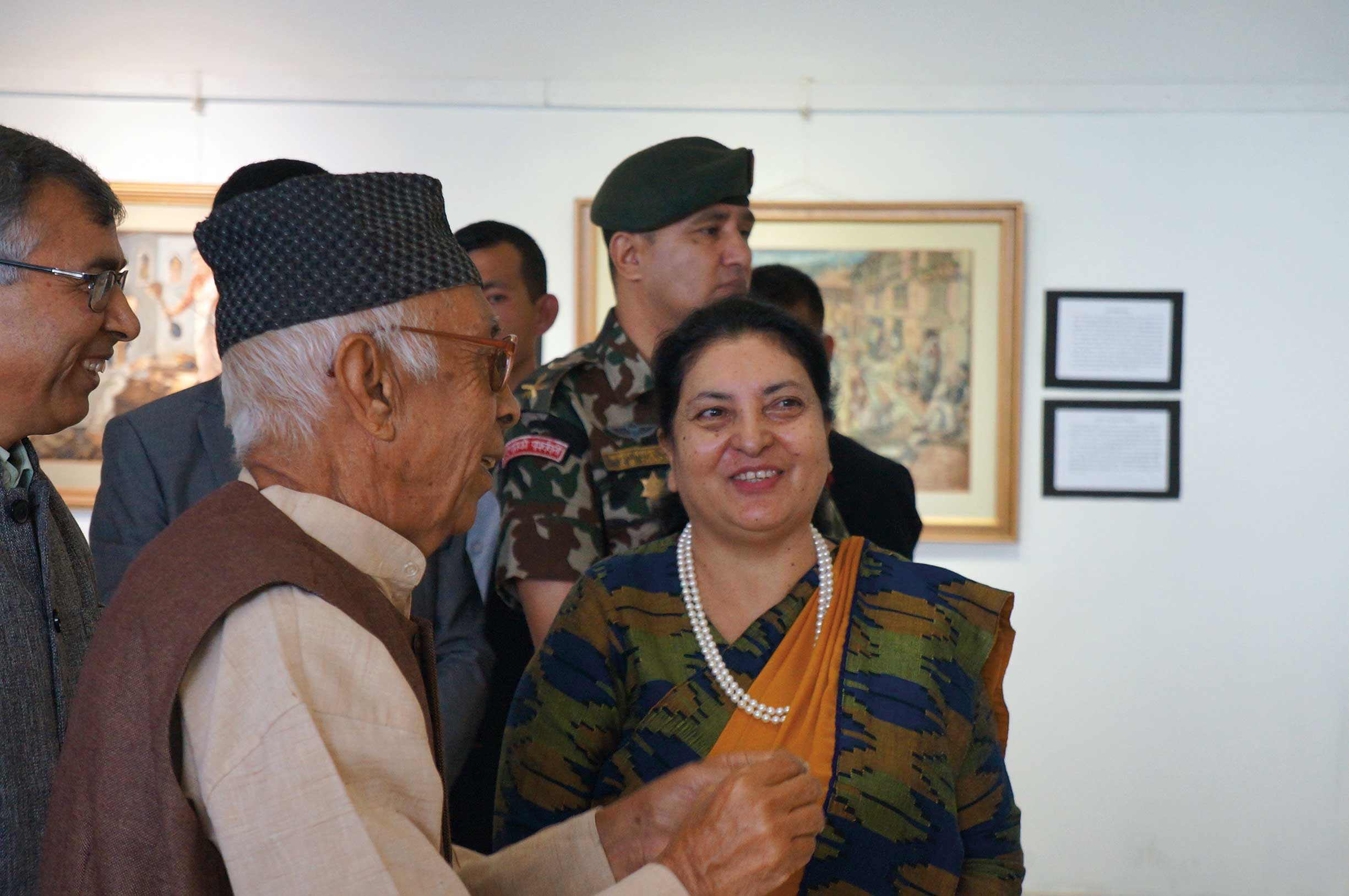I recently found a website asking for contributions in creative writing. I had nothing to submit, but being curious I clicked on the Writers’ Guidelines (also called ‘Submission Guidelines’) for Creative Nonfiction. Here’s what I found—succinct and profound; they seek:
- Strong reportage.
- Well-written prose, rich with detail and a distinctive voice.
- An informational quality or instructive element that offers the reader something to learn (an idea, concept or collection of facts, strengthened with insight, reflection and interpretation).
- A compelling, focused, sustained narrative that is well-structured, makes sense and conveys meaning.
What is creative nonfiction? In short, CNF is what we encourage ECS writers to do in feature articles. Two of CNF’s strong advocates define it as “An adventure in lyric, fact and story.” It’s a genre, they say, that “has become a fertile meeting ground for writers of all kinds, from investigative reporters to literary short story writers and lyric poets.” We do that at ECS, except for poetry (but have nothing against it). Creative nonfiction is as old as writing, but only in the past few decades has it been given a name, as a type of factual prose that also has literary qualities.
It is writing based on fact, is infused with creative style, uses effective and persuasive language, and is enhanced by imaginative expressions and illustrative words. It is a type of writing, says one CNF guru, that “demands spontaneity and an imaginative approach, while remaining true to the validity and integrity of the information it contains.” Though it inspires creativity, CNF must be accurate and truthful. Being ‘creative’ or ‘imaginative’ does not mean fictionally inventive.
So, what do the guidelines tell us? The first requirement is “strong reportage”. What the CNF writer seeks to create is a story based on solid, in-depth research
(reportage) written in good, rich, attractive, distinctive, memorable prose that is
focused, compelling and sustained (the second and fourth points). The story should be informative, should convey significant meaning, and the reader should learn something from it (the third point).
Here’s an example of effective CNF prose by the mountaineer/writer, David Roberts, in his provocative book, True Summit: What Really Happened on the Legendary Ascent of Annapurna. Roberts begins with two evocative paragraphs describing the climbers’ preparations on the morning of their historic ascent, June 3, 1950:
“In the first light of dawn, at 6:00 A.M., the two men left their tent at 24,600 feet and headed up the broad, glaciated slope, their crampons biting crisply into the hard snow underfoot. The summit of Annapurna gleamed in the morning sun, only 1,900 feet above them. The wind that had raged all night had died with the dawn, leaving a piercing cold to rule the stillness.
“For Lachenal, a brilliant, impetuous mountaineer of twenty-eight, and Maurice Herzog, three years older and the expedition leader, it had required a long struggle that morning simply to jam their feet into frozen boots. Herzog had managed to lace up the gaiters that covered his ankles, but Lachenal had given up trying to fasten his. Neither man had slept a minute through the terrible night, as the gale threatened to rip the tent from the pitons and ice axes that anchored it to the 40 degree slope and send the men hurtling down the mountain. Through long hours in the darkness, they had clung to the tent poles, in Herzog’s words, “as a drowning man clings to a plank,” just to keep the fragile shelter from being torn apart by the wind...”
If that’s not an exciting, informative, creative start, I’ll eat my crampons! But, Roberts wasn’t there; yet, it fulfills the requirement for creative and truthful writing.
In True Summit Roberts gives his readers a startling new look at the classic Annapurna (by Herzog), probably the most famous mountaineering book ever written and one of the first introducing Nepal to the world. You’ll have to read True Summit to find out what really happened on the rest of that legendary first ascent of a peak over 8,000 meters (26,247 ft).
Good reading!
True Summit was published in 2000. Annapurna was published in 1951 (in French) and 1953 (in English). On CNF see Writing Creative Nonfiction (2001) by Carolyn Forché and Philip Gerard, and The Art of Creative Nonfiction (1997) by Lee Gutkind. If you Google “creative nonfiction” on the Internet you’ll get over 330,000 hits! It’s that popular.











